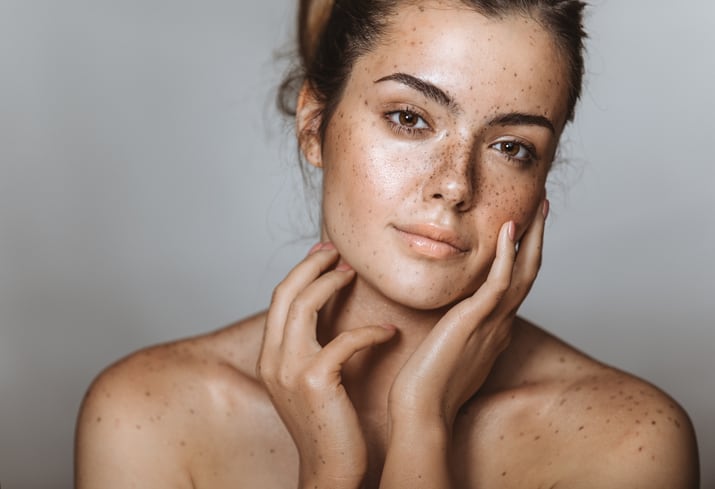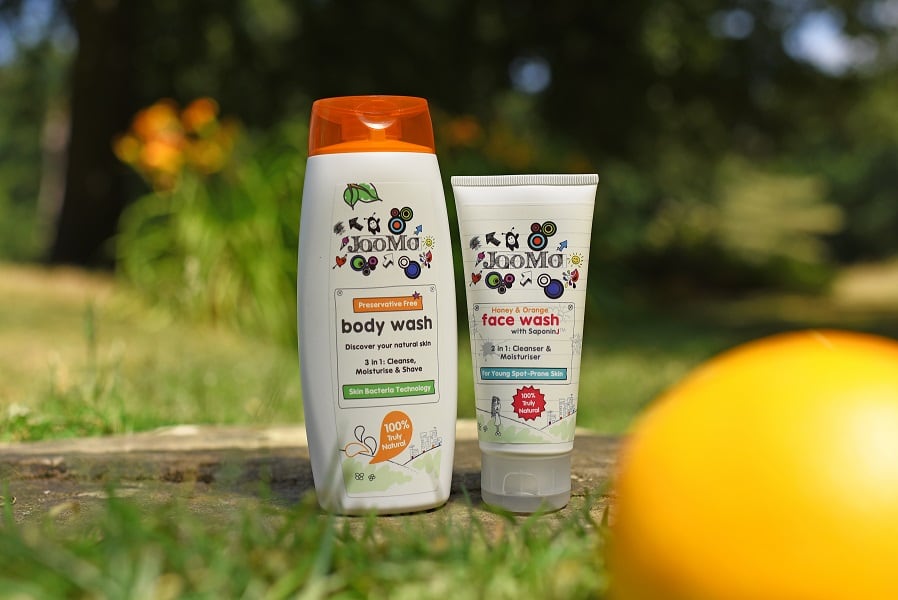It’s still a very new trend, so many brands are feeling their way around this fast-emerging category. To find out more we spoke to Nicole Fall, founder of market intelligence provider Asian Consumer Intelligence, to find out about the drivers worldwide.
Nicole is also a leading speaker at the inaugural Cosmetics Design Summit on Skin Microbiome Innovation, which is taking place in Amsterdam, 24 – 25 June.
To find out more about Nicole’s presentation, the full two-day presentation programme, and details about how to register for the event, please go to the dedicated website by clicking here.
Questions and answers on leading microbiome topics
In this Q&A interview we go into a number of key topics, including what attracts consumers to this trend, how it is panning out across the globe, the type of products hitting the market and the sort of claims they are carrying.
What is the best approach to making microbiome products resonate with consumers?
Most right-minded consumers have become aware that the environment is changing. Whether that’s from climate change or more visceral day-to-day effects such as air pollution in major cities. Consequently, the desire to consume more natural products which are perceived as safer for bodies, better for the planet and just a kinder approach in general have shifted into the mainstream. Microbiome personal care is a sub-trend of the wider naturals story. It is a solution that ticks the boxes; working with the body rather than against it to improve skincare condition. Remove the science, which frankly bores most consumers and focus on the emotional benefits and the fact it works. That’s enough.
In addition to microbiome, what kind of claims should brands be making to hit the right spot?

In many parts of Asia, there tends to be a preference for testimonial-style advertising. Consumers are drawn to before and after ads, especially featuring consumers who have overcome a skin issue using a particular product. Microbiome products have a place here, targeting consumers who have tried conventional skincare for their acne or sensitive skin and now seek a product that works with their skin condition rather than irritating it further. That is the sweet spot for the time being and I believe how emergent categories push into the mainstream. It always starts with a niche consumer seeking a particular solution to a problem and from there grows into a more mainstream audience. Vegan skincare started as a niche category by consumers looking for kinder alternatives. Now brands that position themselves as ‘less cruel’ seem logical and the right choice rather than a nice to have. Same for microbiome products. If microbiome personal care genuinely solves issues, then it will shift into the mainstream.
What type of skin care products are likely to be the best fit for the microbiome trend?
There is no point creating products that are too niche. The world’s biggest selling products in skincare are cleansers and moisturisers. If microbiome products can clean skin without removing good microbiomes or work effectively with skin flora yet cleanse effectively, then that’s 50% of the market right there. If they can solve consumer concerns around whitening and anti-ageing, that’s the majority of the skincare needs market in Asia sown up too. It is fairly pragmatic but there is no point starting a microbiome line, which is niche as it is, with a niche serum that solves one issue. It might sell to a particular demographic in London, NY or Tokyo but for your average consumer who has a limited budget to spend in Indonesia, India and China, they are not going to be interested. That said, I do think there are opportunities for hair care and body care with the right positioning.
Not so much is being said about microbiome and hair care, so what kind of microbiome products do you think will be successful in this space?
The hair care market is an exciting category to introduce new innovations, especially in Asia. Hair care is very solutions-driven and less emotional in purchasing behaviour than skincare. Consumers in Asia are fairly rational. If they seek a product that solves hair loss, anti-ageing or balding and leveraging the microbiome’s natural solution rather than stripping away or even damaging scalps with current products, then they will swiftly purchase. We saw ‘free-from’ hair care originate from a mainstream perspective in Asia and there is no reason why this can’t happen again. I see a lot of hair issues in Southeast Asia that clearly are not being addressed with conventional hair care products.
We know the microbiome trend is rapidly emerging in Europe and North America, but how is it looking in Asia?
Consumers are not really using the term ‘microbiome’ in Asia yet. They are using terms that link to the microbiome such as probiotic skincare or skincare made with fermented ingredients or particularly in Indonesia, purchasing smaller brands that utilise kefir grains. This all indicates to what we know, Asian consumers closely associate good inner health with skin benefits and more importantly, connect the dots between ingredients that might help gut health with ingredients that could potentially do the same for their skin and hair. However, as a category, microbiome cosmetics are still nascent. Good news, potentially room to grow. Bad news, the mainstream consumer is largely unaware of the microbiome.
Where do you see the microbiome trend heading in, say, five years time?
In an ideal world, microbiome products won’t be marketed with that term in the same way natural products that do not affect the environment should be the de-facto choice not an option. It’s idealistic but skincare that works in tandem with the body and the planet should be the main platform and from there, what it seeks to solve should be the consumer choice. However, I’m a realist as well as a dreamer, so that vision is still way off. Most likely, consumers will start looking at skincare brands in the same way they view foods. If it is processed, it is considered junk and consumed for indulgence and convenience but on a day to day basis, most consumers know that unprocessed food choices are the better option. Unprocessed skincare taps into language that consumers understand. In five years time, it will be rational that consumers move closer to purchasing skincare that works with the body rather than against it in the same way consumers now seek more plant-based foods. Not because they are trendy but because they are better for them.




